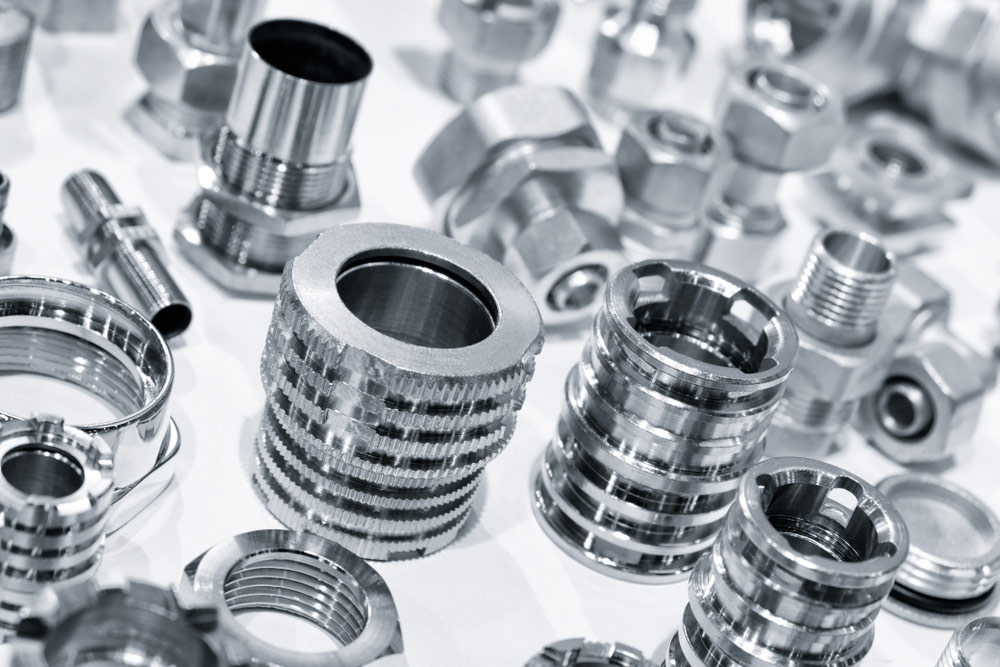Isotropic Superfinishing & Other Fine Finishing Processes for Metal
Fine finishing processes for metal are used to reduce the roughness of a component’s surface. When metal parts are manufactured through honing or grinding, small imperfections are left behind that affect the friction and performance of the surface. The surface condition can even impact how it will wear down throughout its life cycle. Lubrication can go a long way, but a rough surface — even at the microscopic level — can still lead to friction, heat, micro-pitting, and reduced service life.
What’s a Superfinish?
There are many ways to finish a metal surface so that it is smoother than a part that’s only been through conventional machining or grinding. “Superfinishing” is a bit of an umbrella term for any process that creates a finish with a surface roughness average (Ra) of about 10 µin or better. This could be accomplished through honing, tape polishing, super grinding, and vibratory finishing are a few of the methods that one can employ to achieve a superfinish.
Military and motorsports were responsible for the development of superfinishing during the 1990s as a way of extending the life of gears while improving performance.
Isotropic Superfinishing
Isotropic comes from the Greek roots isos for “equal” and tropos for “way.” The term refers to finishing processes for metal with a non-directional finish that is uniform in all orientations (equal in every way). This is in comparison to the repeating surface texture that’s typical of honing or grinding, or a randomized surface texture that is also rough.
Isotropic superfinishing is sometimes known as “Chemically Accelerated Surface Finishing” because it involves a chemical additive in a mechanical, vibratory process. The result is a smooth, burnished surface that polishes to a mirror-like finish. A state-of-the-art isotropic superfinishing service can micro-polish a metal surface finish down to an Ra value of 2 µin. At MFT, our nationally recognized capabilities for close tolerance super finishing are relied upon by aerospace OEMs, medical hardware companies, and commercial or electrical components.
Electropolishing
Another way to finish a surface and smooth out imperfections is with an electric reaction. Electropolishing is a cleaning process that’s essentially the opposite of electroplating. An electrolytic bath is still required. However, rather than attracting a deposit to the substrate to create a surface coating, the electrical current actually removes a small surface layer — and along with it, any imperfections and microscopic peaks and valleys that made it rough. The bath makes this possible by dissolving the outer surface of the substrate into the bath.
The result is a uniform surface that is exceptionally smooth and clean. All at once, an electropolishing process polishes, passivates, and deburrs metal parts. It can also be used to fine polish a surface without the use of any mechanical abrasives. This process is ideal for both smooth, symmetrical substrates and irregularly-shaped objects. Electropolishing is also a very simple process with low costs and the same aesthetically pleasing results as alternative fine finishing methods.
Leverage Fine Finishing Processes for Metal With MFT
The leading metal finishing house in the northeast is equipped for both isotropic superfinishing and electropolishing processes that result in extremely uniform and smooth finishes. Not only are these metal finishing services aesthetically pleasing, but they’ll improve the durability and performance of your parts. Get in touch with us today to share the details of your project and we’ll help you identify the perfect solution for your needs.

